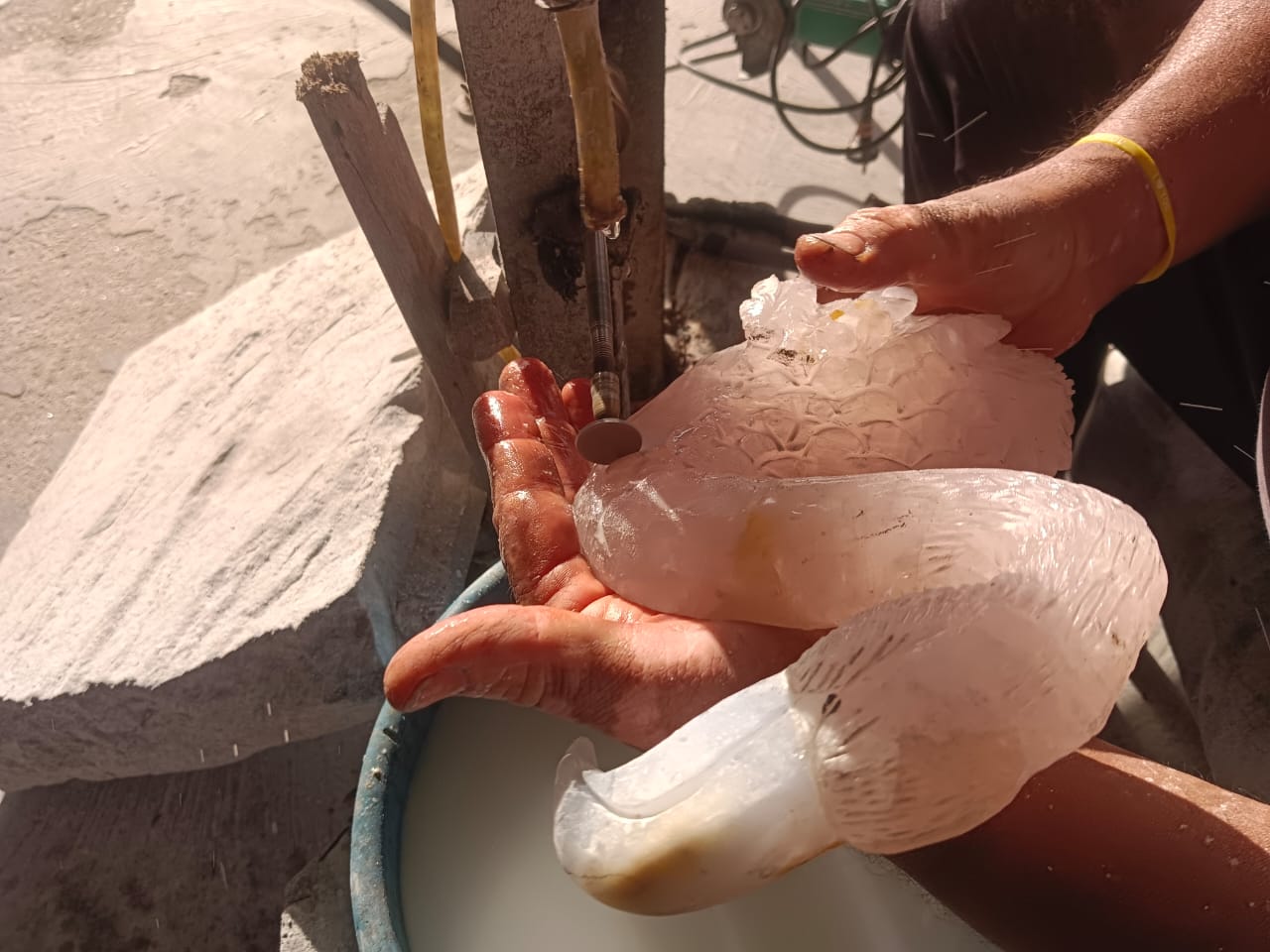Gemstone carving is an ancient art form that involves shaping and polishing gemstones to create beautiful and intricate artifacts. These artifacts are often highly valued for their aesthetic appeal and craftsmanship. In this article, we will explore the world of gemstone carving and the unique artifacts created by skilled artisans.
History of Gemstone Carving
Gemstone carving has a rich history that dates back thousands of years. It is believed to have originated in ancient Egypt, where gemstones were carved into amulets and other decorative objects. The art form then spread to other civilizations, including the Greeks and Romans, who used gemstones to create intricate jewelry and sculptures.
Techniques and Tools
Gemstone carving requires a combination of skill, patience, and precision. Artisans use a variety of tools to shape and polish the gemstones, including chisels, files, and polishing wheels. The process involves carefully removing layers of the gemstone to reveal its natural beauty and create the desired shape and design.
Types of Gemstone Artifacts
Gemstone carving artisans create a wide range of artifacts, each with its own unique characteristics and symbolism. Some popular types of gemstone artifacts include:
Gemstone Sculptures: These are three-dimensional sculptures carved from a single piece of gemstone. They can depict various subjects, such as animals, human figures, or abstract forms.Gemstone Jewelry: Gemstones are often carved into beads, pendants, or cabochons to be used in jewelry making. These pieces can be set in gold, silver, or other metals to create stunning and wearable art.Gemstone Carvings: Gemstones can be carved into intricate designs, such as flowers, animals, or mythological figures. These carvings are often used as decorative objects or collectibles.
Popular Gemstones for Carving
While almost any gemstone can be carved, some gemstones are more commonly used due to their hardness and durability. Some popular gemstones for carving include:
Jade: Jade is a tough and durable gemstone that is often carved into intricate sculptures and jewelry. It is highly valued in many cultures for its beauty and symbolism.Amethyst: Amethyst is a purple variety of quartz that is often carved into beads, pendants, and other jewelry pieces. Its vibrant color and affordability make it a popular choice for carving.Lapis Lazuli: Lapis Lazuli is a deep blue gemstone that has been used for carving for centuries. It is often carved into beads, cameos, and other decorative objects.
Conclusion
Gemstone carving is a fascinating art form that combines skill, creativity, and a deep appreciation for the natural beauty of gemstones. The artifacts created by gemstone carving artisans are not only visually stunning but also carry a rich history and cultural significance. Whether it's a gemstone sculpture, a piece of jewelry, or a decorative carving, these artifacts are a testament to the timeless beauty of gemstones.









